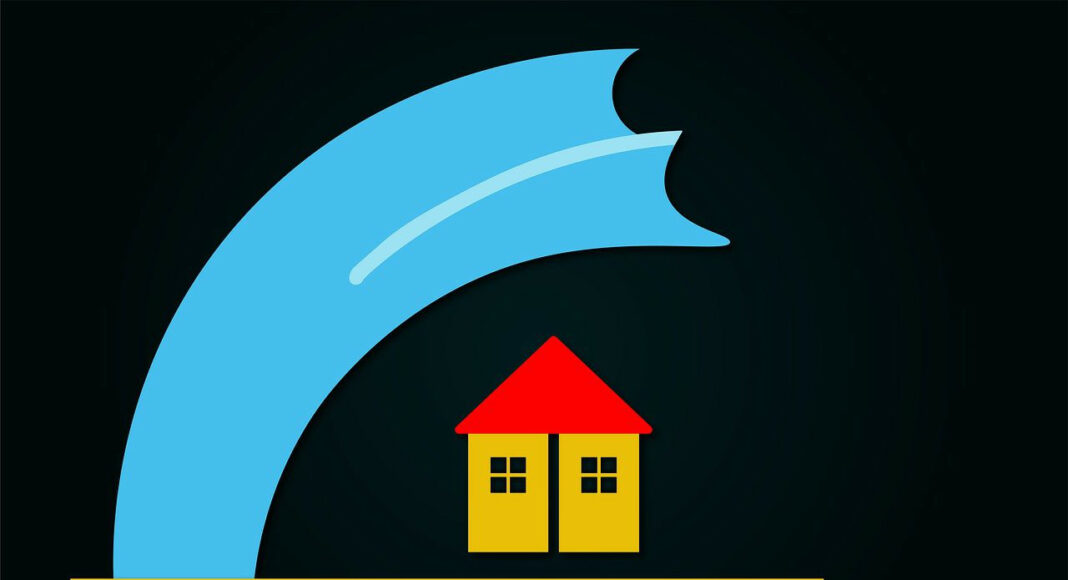When a small tsunami hit the Santa Cruz harbor last January, it caused an estimated $6.5 million worth of damage. Tsunamis are rare, but having a better idea of where they would hit hardest could help minimize destruction in future cases.
The California Geological Survey recently updated the tsunami hazard maps for the state, improving upon modeling from 2009. The new interactive maps span the entire California coast and help users determine the risk in certain areas.
The maps use a magnitude 9.3 earthquake in the eastern Aleutian Islands as the worst-case long-distance source. But communities around the state also have unique local scenarios.
Around Monterey Bay, that potential scenario is an underwater landslide in Monterey Canyon.
Monterey Canyon is an enormous undersea chasm—comparable to the Grand Canyon—that extends out from Moss Landing to the abyssal plain of the Pacific Ocean. Its steep walls are dynamic, growing and collapsing with storms and fault activity.
Unlike a distantly-sourced tsunami, which might arrive with several hours’ notice, a landslide in the canyon could result in a tsunami that reaches the shore within a few minutes.
The new modeling shows that a worst-case tsunami would likely hit low-elevation areas around the boardwalk, the harbor, Capitola Beach, Seacliff Beach, La Selva Beach and Pajaro River Beach.
The new research comes from the California Geological Survey, the California Governor’s Office of Emergency Services, AECOM Technical Services and the Tsunami Research Center at USC. The updated map and a list of emergency preparedness resources are available at conservation.ca.gov/cgs/tsunami/maps/santa-cruz.













